Are you annoyed by this invasive message " Your browser is managed by your organization "? Do not look! We have the solution for you. Discover in this guide how to solve this problem and regain control of your browser.
Understand the problem
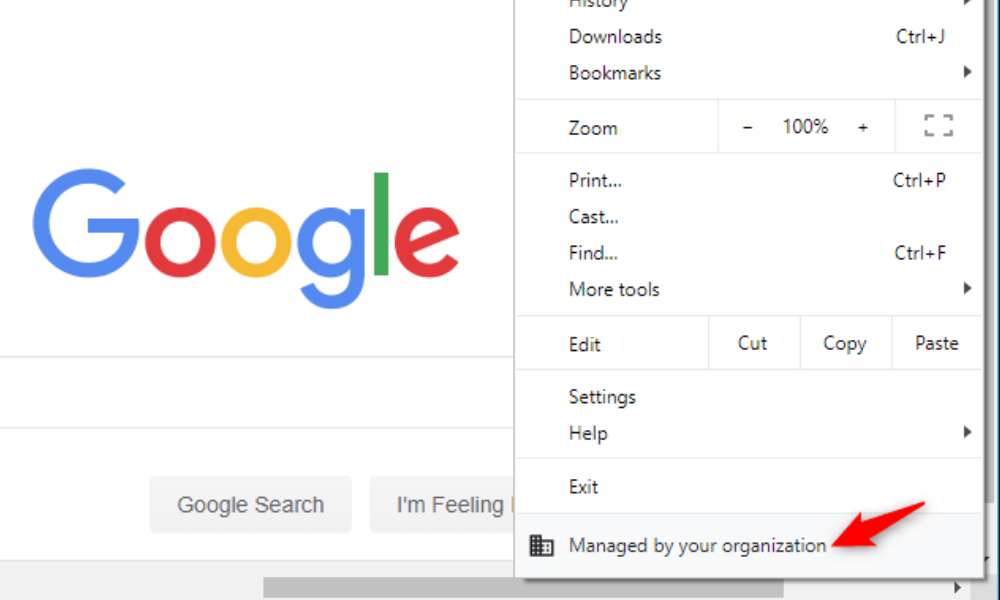
Before we embark on solving the problem, it is important to understand why this message appears. The message "Your browser is managed by your organization" is generally displayed when group policies are applied to your browser, whether Google Chrome or Microsoft Edge. These group policies allow the system administrator to control browser settings, such as updates, extensions or proxy configuration.
Why is this a problem?
If you are a private user, this message may be disturbing because it indicates that someone else has control over your browser settings. In some cases, it may even limit your access to certain websites or prevent you from making desired changes.
Solutions to regain control of your browser
To resolve this issue, you can follow the steps below depending on the browser you are using:
Google Chrome:
Windows registry Windows key + R , then type regedit and hit Enter.

Step 2: Navigate to the following key: HKEY_LOCAL_MACHINE\SOFTWARE\Policies\Google\Chrome
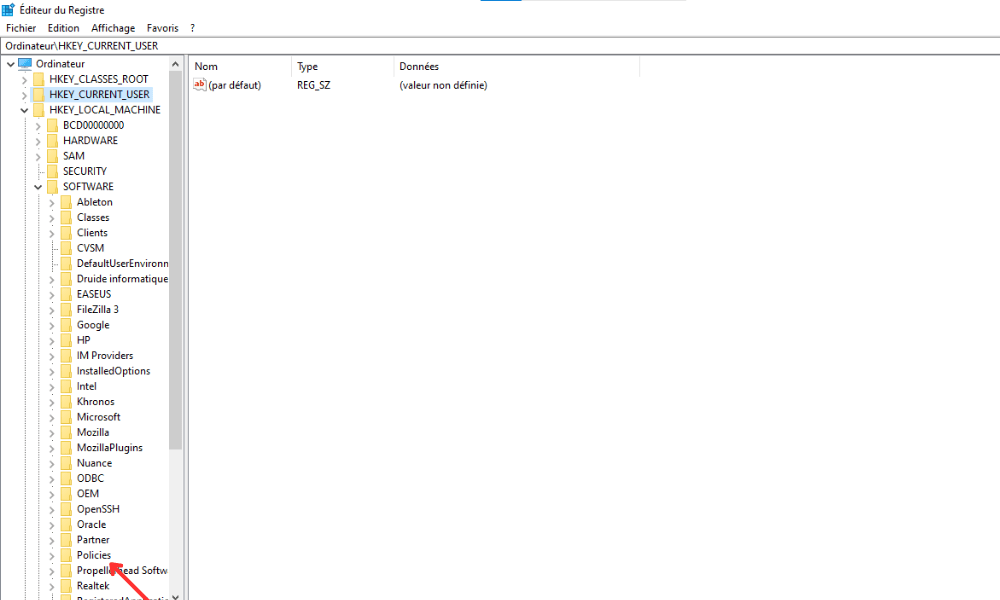
Step 3: Delete this key by right-clicking on it and then selecting Delete .
Step 4: Restart your Chrome browser and check if the issue has been resolved.

Microsoft Edge:
Windows registry Windows key + R , then type regedit and hit Enter.
Step 2: Navigate to the following key: HKEY_LOCAL_MACHINE\SOFTWARE\Policies\Microsoft\Edge
Step 3: Delete this key by right-clicking on it and then selecting Delete .
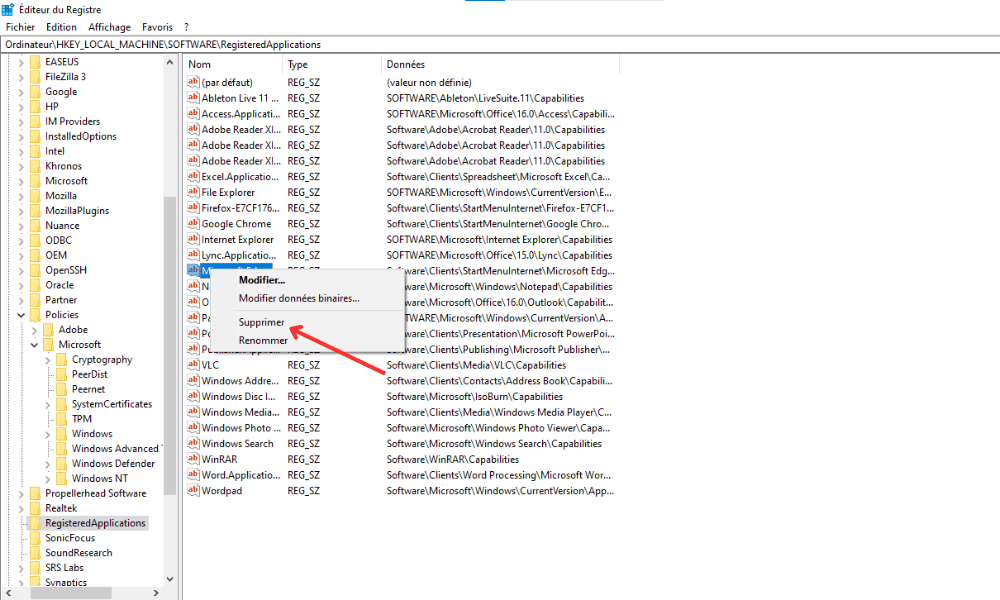
Step 4: Restart your Edge browser and check if the issue has been resolved.
Attention !
Before editing the Windowsregistry, it is highly recommended to create a system restore point or backup the registry. This will allow you to go back if something goes wrong.
Comparison table of solutions
| Navigator | Registry key to delete |
|---|---|
| Google Chrome | HKEY_LOCAL_MACHINE\SOFTWARE\Policies\Google\Chrome |
| Microsoft Edge | HKEY_LOCAL_MACHINE\SOFTWARE\Policies\Microsoft\Edge |
What to do if the problem persists?
If, after following the steps above, the problem persists, other factors may be at play. Here are some avenues to explore:
- Check if malware has infiltrated your system and remove it with up-to-date antivirus software.
- Make sure your operating system and browser are up to date.
- Contact your browser's technical support for additional assistance.
By following these tips, you should be able to solve the problem "Your browser is managed by your organization" on Chrome and Edge on Windows. It is essential to protect your privacy and regain control of your browser to sail safely and without constraints.
This article might interest you: How do I configure the “Ok Google” command on my device?
FAQs
How do I know if my browser is managed by your organization?
To find out if your browser is managed by your organization, you can check the presence of certain indications. In Google Chrome and Microsoft Edge, for example, a message "Your browser is managed by your organization" is generally displayed in the settings. Here's how to check it:
- Google Chrome: Open Chrome and click on the three vertical points located in the upper right corner of the window. Select "Settings". Scroll down to the "About Chrome" section. If you see the message, your browser is controlled.
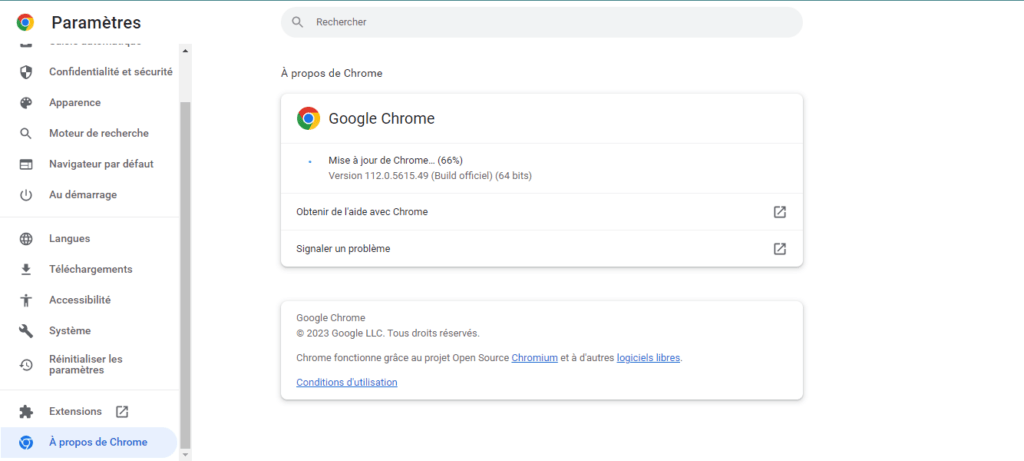
- Microsoft Edge: Open Edge and click on the three horizontal points located in the upper right corner of the window. Select "Settings". Scroll down to the "About Microsoft Edge" section. If you see the message, your browser is controlled.
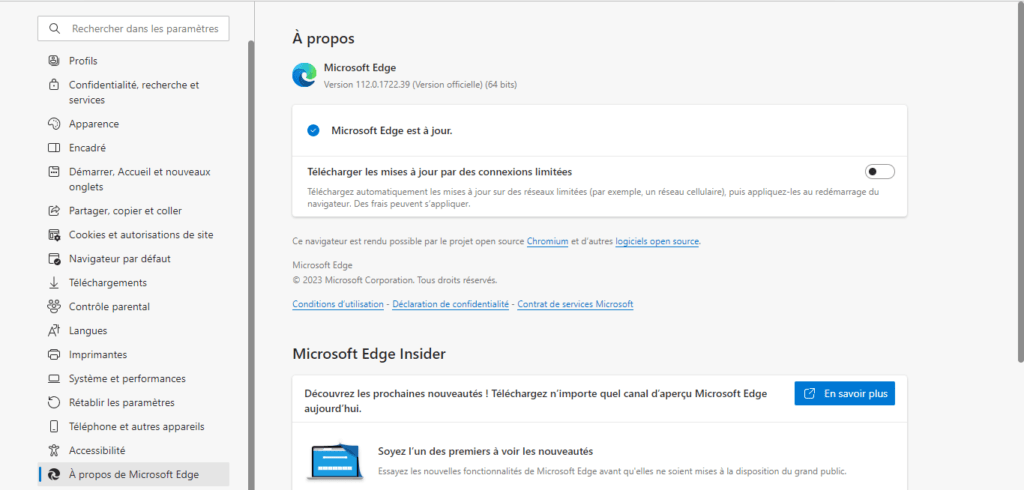
Are there other browsers that may display this alert message?
The message " Your browser is managed by your organization " is specific to Google Chrome and Microsoft Edge. However, other browsers can also be controlled by similar group policies or administration parameters. For example, Firefox and Safari can be managed by system administrators. In these cases, there may be similar indications in browser settings or alert messages.
How do I check which specific group policies are applied to my browser?
To check the group policies applied to your browser, you can use Windows built-in tools or browser-specific pages:
- Google Chrome: Open Chrome and type "Chrome: // Policy" in the address bar. Press Enter. You will see a list of policies currently applied to your browser.
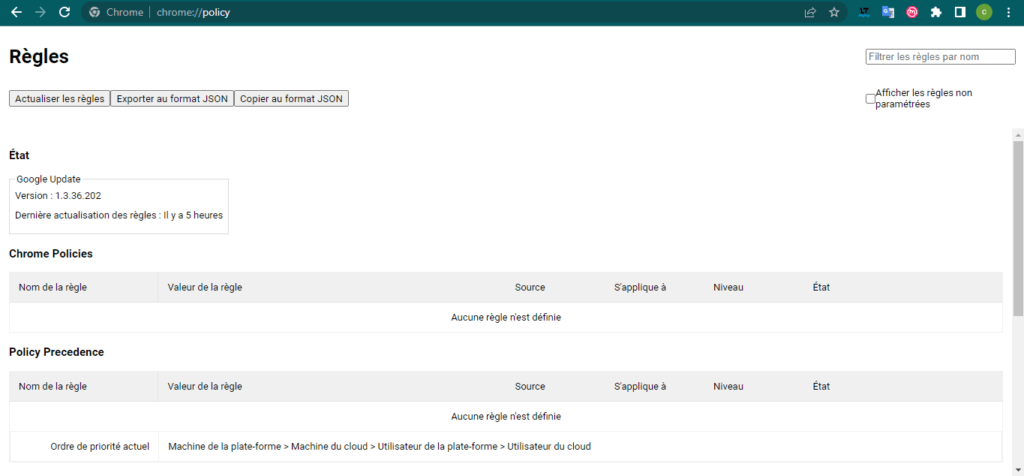
- Microsoft Edge: Open Edge and type "Edge: // Policy" in the address bar. Press Enter. You will see a list of policies currently applied to your browser.
- Windows : You can use the local security strategy editor or the strategy object management publisher to consult and modify group policies applied to your system. These tools are generally accessible via the Start menu or by looking for "Secpol.MSC" or "GPEDIT.MSC" in Windows .

Is it possible to change some group policies without deleting the registry key?
Yes, it is possible to modify certain group policies without deleting the associated registry key. You can use the Policy Object Management Editor (gpedit.msc) or the Local Security Policy Editor (secpol.msc) to make granular changes to the group policies applied to your system. Here's how to do it:
- Open Policy Object Management Editor (gpedit.msc) or Local Security Policy Editor (secpol.msc) by searching for one of these names in the Start menu.
- Navigate to the section corresponding to the browser settings. For Chrome, for example, go to "Computer Configuration"> "Administration models"> "Google"> "Google Chrome".
- Double-click on the policy you want to modify and select "Disabled" or "Not configured", then click on "OK".
- Restart your browser for the changes to take effect.
Please note that this method will only work if you have access to the Policy Object Management Editor or the local Security Policy Editor, which may be limited depending on your user account rights.
Are there any security risks if I delete the registry key mentioned in the article?
Deleting the registry key mentioned in the article can resolve the problem " Your browser is managed by your organization ". However, before deleting this key, it is important to take certain precautions:
- Create a system restore point or backup the registry before making the change.
- Make sure you understand the implications of deleting this registry key and how it may affect the group policies applied to your browser.
- If you are unsure whether you can make these changes safely, consult an IT professional or your browser technical support.
How do I prevent this message from reappearing if my system is infected with malware?
If your system is infected with malware, it is essential to clean it to prevent the reappearance of the message "your browser is managed by your organization". Here are some steps to follow to secure your system:
- Run antivirus software to detect and remove malware on your system.
- Make sure your operating system and software are up to date to avoid security breaches.
- Use a firewall to protect your system from online threats.
- Avoid downloading software or files from unknown or untrusted sources.
Conclusion
By following the advice and steps presented in this FAQ, you should be able to solve and prevent the problems related to the message " Your browser is managed by your organization " on Chrome and Edge under Windows . The protection of your privacy and the maintenance of a secure navigation environment are essential for an online experience without hassle. Do not hesitate to consult the technical assistance of your browser or to request the help of a computer professional if you encounter difficulties in solving this problem.



